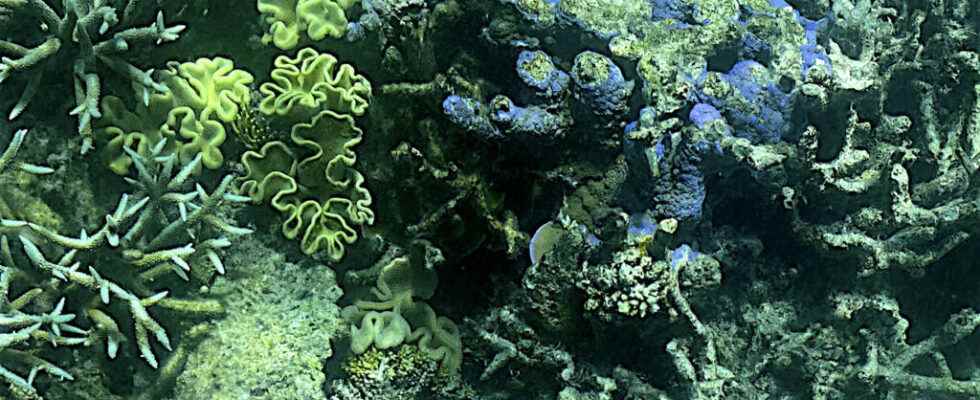Victim of global warming, the Great Barrier Reef, which runs along the north-east of Australia, could find itself on the list of World Heritage in Danger. This is at least the recommendation made by a committee of experts who visited the field a few months ago, and whose report has just been published. Led for almost ten years by climate skeptics, Australia elected a government last May that was more determined to reduce its CO2 emissions and protect one of its natural jewels. But at this stage, the island-continent, one of the biggest polluters on the planet, has not committed to do its part to limit global warming to 2°C.
With our correspondent in Sydney, Gregory Plesse
Four waves of massive bleaching in just seven years, the survival of the world’s largest coral reef has never seemed so tenuous as in recent years.
In addition to the warming of the oceans, Unesco experts also note that the quality of the water has deteriorated. The Australian coastline is polluted by chemicals from agricultural activity, especially livestock, but also from the very numerous banana and sugar cane plantations in the State of Queensland.
But all is not lost according to Unesco, which makes some twenty recommendations which, if followed and applied quickly, could quickly improve the situation.
The new government elected last May seems particularly proactive in this area, with the adoption of a climate law which clearly raises Australia’s commitments in terms of reducing CO2 emissions.
The fact remains that for this country, one of the largest exporters of carbon energy in the world, these new commitments will only make it possible to contain global warming to 2°C. A level which, according to scientists, would see 99% of the Great Barrier Reef disappear.
► The report experts from IUCN (International Union for Conservation of Nature) and Unesco is to consult here
►To re-read: Australia: the Great Barrier Reef facing a bleaching episode
